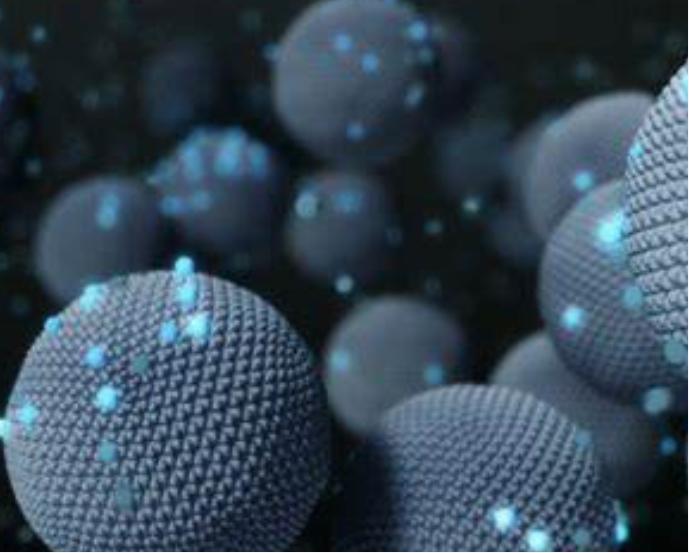In a world where bigger often seems better, a quiet revolution is taking place at the smallest scale imaginable. Nanotechnology, the science of manipulating matter at the atomic and molecular level, is transforming industries and solving problems that once seemed insurmountable. From medicine to energy, this invisible technology is making a visible impact, offering solutions that are as innovative as they are transformative. This article explores how nanotechnology is reshaping our world and what it means for the future.
At its core, nanotechnology is about harnessing the unique properties of materials at the nanoscale—typically less than 100 nanometers in size. At this scale, materials often exhibit behaviors that are radically different from their bulk counterparts. For example, gold nanoparticles can appear red or purple, and carbon nanotubes are stronger than steel yet incredibly lightweight. These properties open up a world of possibilities, enabling scientists to design materials and devices with unprecedented precision and functionality.
One of the most promising applications of nanotechnology is in medicine. Nanoparticles are being used to deliver drugs directly to diseased cells, minimizing side effects and improving treatment efficacy. For instance, researchers are developing “nanobots” that can navigate the bloodstream to target cancer cells or clear arterial blockages. Similarly, nanotechnology is enabling the creation of advanced diagnostic tools, such as nanosensors that can detect diseases at their earliest stages. These innovations are revolutionizing healthcare, making treatments more personalized and effective.
Nanotechnology is also making waves in the energy sector. By improving the efficiency of solar panels, batteries, and fuel cells, it’s helping to address some of the biggest challenges in renewable energy. For example, nanomaterials like perovskite are being used to create next-generation solar cells that are cheaper and more efficient than traditional silicon-based cells. In energy storage, nanotechnology is enabling the development of batteries with higher capacity and faster charging times, which could accelerate the adoption of electric vehicles and renewable energy systems.
The environmental applications of nanotechnology are equally impressive. Researchers are using nanomaterials to clean up pollution, purify water, and even capture carbon dioxide from the atmosphere. For instance, nanoparticles can break down toxic chemicals in soil and water, making them safer for ecosystems. Similarly, nanotechnology is being used to create more efficient water filtration systems, providing clean drinking water to communities in need. These solutions are not just innovative—they’re essential for addressing some of the planet’s most pressing environmental challenges.
In the world of electronics, nanotechnology is driving the next wave of innovation. From faster processors to flexible displays, it’s enabling the development of smaller, more powerful devices. For example, carbon nanotubes and graphene are being explored as alternatives to silicon in semiconductors, potentially leading to faster and more energy-efficient electronics. Similarly, nanotechnology is making it possible to create wearable devices that are lightweight, durable, and capable of monitoring health metrics in real-time.
Despite its immense potential, nanotechnology also raises important ethical and safety concerns. The long-term effects of nanoparticles on human health and the environment are not yet fully understood, and there are concerns about the potential misuse of nanotechnology in areas like surveillance or warfare. Addressing these challenges will require rigorous research, thoughtful regulation, and a commitment to using nanotechnology responsibly.
Nanotechnology is no longer a futuristic concept—it’s a powerful force that’s already reshaping our world. From revolutionizing medicine to transforming energy and electronics, its impact is profound and far-reaching. As we continue to explore the possibilities of this tiny technology, the challenge will be to harness its potential responsibly, ensuring that it benefits all of humanity. The silent revolution at the nanoscale is just beginning, and its impact will be anything but small.
